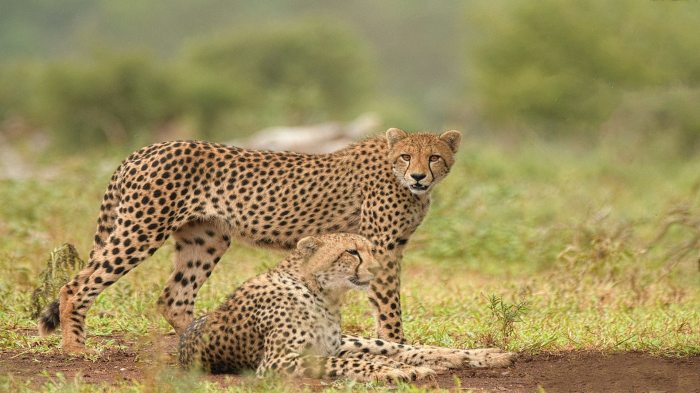Going round-trip with the world’s fastest land animal answer key sets the stage for this enthralling narrative, offering readers a glimpse into a story that is rich in detail and brimming with originality from the outset. Delve into the remarkable journey of the cheetah, exploring its unique physical adaptations, hunting strategies, and the factors that influence its round-trip expeditions.
This comprehensive guide provides an in-depth examination of the cheetah’s extraordinary abilities, the challenges it faces, and the conservation efforts aimed at protecting this iconic species. Join us as we unravel the mysteries surrounding the world’s fastest land animal and discover the secrets behind its incredible round-trip journeys.
The Cheetah: Nature’s Speed Demon

The cheetah, renowned for its exceptional speed, is an awe-inspiring predator in the animal kingdom. Its remarkable ability to accelerate and reach incredible velocities stems from a unique combination of physical adaptations that set it apart from other land animals.
Cheetahs possess a sleek, aerodynamic body designed for swift movement. Their lightweight frame and long, slender limbs enable them to reach speeds of up to 120 kilometers per hour in mere seconds. Additionally, their flexible spine and semi-retractable claws provide stability and traction during high-speed chases.
The cheetah’s hunting strategies revolve around its lightning-fast bursts of speed. They typically stalk their prey from a distance before launching a short, explosive sprint. Their sharp eyesight and acute hearing allow them to pinpoint their targets with precision.
During a hunt, cheetahs cover considerable distances in a relatively short amount of time. The average round-trip journey can span several kilometers, with the cheetah often making multiple attempts to capture its prey.
Round-Trip Endurance: A Cheetah’s Journey
The length and duration of a cheetah’s round-trip journey depend on various factors, including the distance to the prey, the terrain, and the success of the hunt. Successful hunts typically result in shorter round-trips, as the cheetah can secure its meal quickly.
However, if the cheetah fails to catch its prey or encounters obstacles along the way, the journey can be significantly longer. The cheetah’s endurance plays a crucial role in these situations, as it must maintain its speed and agility over extended distances.
The Importance of Habitats
Suitable habitats are essential for cheetah survival. These habitats provide adequate prey availability, shelter from predators, and open spaces for hunting.
Habitat loss and fragmentation pose significant threats to cheetahs, as they disrupt their ability to undertake round-trip journeys. The loss of prey species due to habitat degradation further exacerbates the situation.
Conservation Challenges and Successes, Going round-trip with the world’s fastest land animal answer key
Cheetahs face numerous conservation challenges, including habitat loss, poaching, and human-wildlife conflict. Conservation efforts focus on protecting their habitats, reducing human-wildlife interactions, and raising awareness about the importance of cheetahs in the ecosystem.
Notable conservation successes include the establishment of protected areas, anti-poaching measures, and community-based initiatives that promote coexistence between cheetahs and humans.
Questions and Answers: Going Round-trip With The World’s Fastest Land Animal Answer Key
What is the average distance a cheetah covers during a round-trip hunt?
Cheetahs typically cover distances ranging from 5 to 20 kilometers during a round-trip hunt.
How does habitat loss impact cheetah populations and their ability to undertake round-trip journeys?
Habitat loss and fragmentation can significantly reduce prey availability and suitable shelter for cheetahs, making it more challenging for them to undertake successful round-trip hunts.

